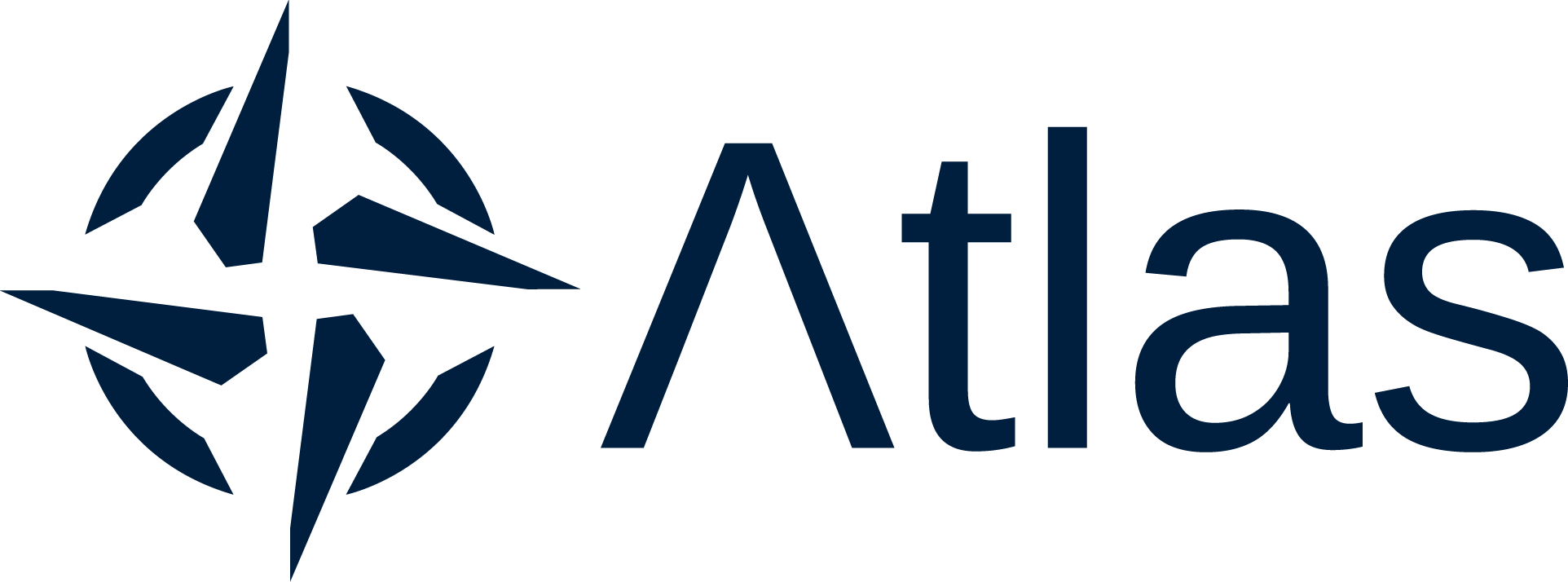Some countries are rich enough in resources to power the world’s smartphones, laptops, and electric cars, and yet too unstable to benefit from it. This is the paradox of Democratic Republic of Congo, which produces 70% of global cobalt production, and yet ranking 171st out of the 193 countries listed by the United Nations Human Development Index (HDI).
This region has had a long-lasting and still present history of insecurity and violence, especially in what concerns its turbulent relationship with Rwanda, which intensified after the Rwandan Genocide in 1994, and furthered escalated in the Congo Wars of 1994-96, and then again in 2022 when armed groups took over some key strategic areas in DRC. Up to this day, this instability has killed thousands and displaced hundreds of thousands more.
Moreover, conflict in the mining sectors fuels insecurity, with armed groups legitimating their presence and illegal control on the mines, claiming to protect local interests by relying on minerals as their source of income, and actually seeking rent for themselves. This unsustainable situation is what has triggered the international to take action (or take profit) in the matter. China, in 2007 signed the Sino-Congolais des Mines (Sicomines) agreement that allowed the Asian power to extract minerals in exchange for investing in infrastructure. And now, in a world marked by this sino-american rivalry, Trump’s administration, in January 2025, fearing to have been left behind in this race for minerals, brokered a peace agreement between Rwanda and Congo with hopes of them ending decades of fighting, and in exchange allowing American public and private investment into the mining sector.
This peace agreement calls for Rwanda to withdraw its troops from Western DRC, a ceasefire between armed groups, and a draft for a new economic framework for the mining sector that involves transparency, independent inspections, and following guidelines implemented by the OECD.
Whoever controls the mines, controls the transition for a green technological future, and by reforming the mining sector under the terms of the Western power, DRC and Rwanda are positioning themselves in the middle of the economic fight between the U.S. and China. At the moment, China holds stakes over 15 of the biggest cobalt companies in DCR, making it the most prevalent country in terms of refinery processes in the world. Therefore, the U.S. sees this peace agreement as a chance to diversify supply chains and reduce dependency, thus counterbalancing China’s dominance.
If the terms of the pact are implemented thoroughly and legitimately, it could potentially reduce corruption, the illicit trade market and guerrilla warfare in order to foster economic and humanitarian development, and strengthening Africa’s position in the world. Or, on the other side, this could cause a new form of neo-colonialism in which the U.S and multinationals profit from blood minerals marked by weak conditionality and corruption, at the expense of the congolese population.
What will it be?




